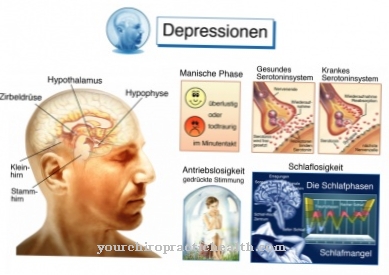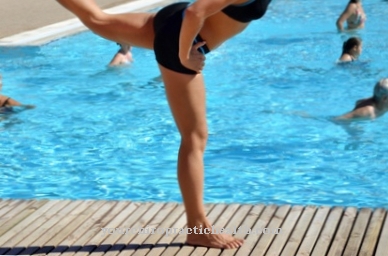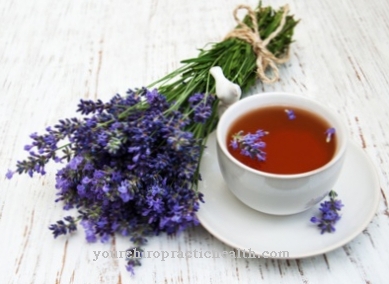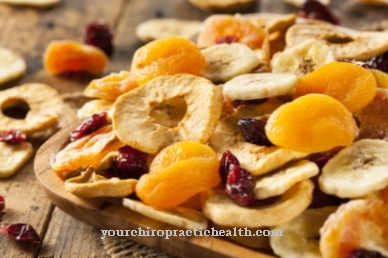WartsAlthough mostly harmless, they are generally perceived as unsightly and can be very painful, especially on the feet. The small, horny skin growths are caused by viruses and are often not easy to get rid of. In addition to conventional dermatological treatment methods, many home remedies promise help against warts.
What helps against warts?

Often times, when you present yourself with a wart to the dermatologist, they will recommend a plaster, wart stick, or salicylic acid lotion. The acid, when applied to the wart, gradually dissolves it.
You can make your own, all-natural wart patch by cutting a clean piece of willow bark to the size of the wart and attaching a plaster to the growth. Willow bark is naturally rich in salicylic acid. As with the treatment with salicylic acid from the pharmacy, the plaster should also be changed daily, the skin soaked in water and the dissolved skin layers removed with a pumice stone.
Traditional home remedies for warts and other skin diseases are the milky juices from the stems of celandine and milkweed. These juices contain natural alkaloids that act as cell toxins and, among other things, prevent cell division. This makes them natural cytostatics that slow down skin growth and destroy the skin tissue infected by the virus. With the milky sap that escapes from a broken celandine or milkweed stalk, a wart can also be dabbed very precisely. If this procedure is repeated regularly, it often leads to the regression of the warts. If no fresh plants are available, celandine mother tincture is available in the pharmacy, which can be used directly or mixed with a skin cream.
Other home remedies for warts include castor oil, tea tree oil, garlic, or a solution of vinegar and salt. In any case, it is important to use these agents regularly. The skin overgrowth should be dabbed or smeared several times a day, dead upper layers of skin should be removed so that the remedies can also reach the wart tissue below.
The main ally in fighting warts is the body's immune system. Echinacea tincture or vitamins A and C can be applied to the wart and the surrounding areas of the skin to stimulate the immune cells locally. Spreading lemon juice on it should also help against warts.
Quick help
The fastest ways to get rid of warts are surgical removal (however, the subsequent healing process is often lengthy and painful) and freezing with liquid nitrogen. But even when icing up, several sessions are often required. In addition, it often takes a week before the wart actually falls off.
What can be done about warts at home also usually takes time. According to American and French studies from 2002-2003, one of the most reliable methods of removing warts is - even more effective than freezing! - treatment with tape. To do this, the wart is masked off with duct tape from the hardware store.
After seven days, the tape is removed, the skin is soaked in soapy water and rubbed off with a pumice stone. After 12 hours, the treatment is repeated with new adhesive tape until the wart is completely removed. This can take two months, but it was successful in 85 percent of the cases examined in the studies.
Alternative remedies
Traditionally, discussing warts is one of the most commonly used and relatively effective healing methods. Whether this is based on an activation of the immune system through some kind of autosuggestion or placebo effect, or on a rebalancing of the organism that can hardly be expressed in the language of modern medicine is an open question.
The fact is: warts respond surprisingly well to rituals, spells and suggestion. If you don't have an experienced herbalist around, you can also turn to some naturopaths. Healing spells and blessing formulas are generally most effective when the moon is waning.
In children, discussing warts often works better than any other method. "Buying it off" can also help: as soon as the sales contract is drawn up and the money is handed over, the wart disappears.












.jpg)



.jpg)










.jpg)
